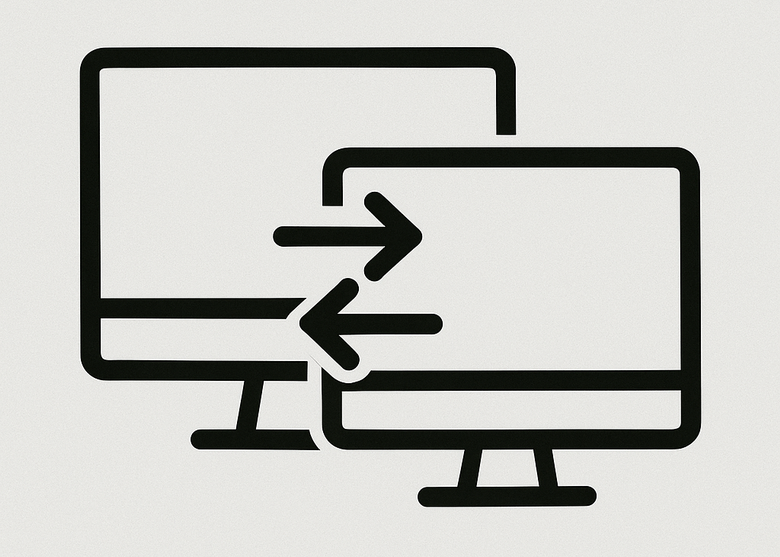So, What’s a Remote Desktop Connection Broker Really?
Picture this: an office packed with computers, everyone clicking and clacking, trying to get into their digital spaces. Total mayhem. That’s when the remote desktop session handler shows up — like the chill traffic controller of the virtual world. It quietly makes sure everyone gets directed to the right place without stepping on someone else’s digital toes.
This background operator is part of the bigger Remote Desktop Services puzzle (hello, RDS!). It’s the bit that coordinates access to desktops, ensures nobody’s stuck in a login loop, and assigns the right workspace to each team member. Think of it like a matchmaking app for humans and machines.
Why Should You Give a Hoot?
Alright, maybe this doesn’t sound sexy. But if you deal with any kind of virtual workspace, this system is your behind-the-scenes MVP. It keeps everything running smoothly, prevents tech headaches, and saves your bacon when systems go off the rails.
Say your squad works remotely — one’s in Bali, another in Berlin. When they log in, you don’t want them staring at error messages or bouncing between broken links. That’s where this smart component shines: it gets them back into their digital zone fast, and if they drop off, it helps them pick up right where they left off. Magic, right?
Cool Tricks It Has Up Its Sleeve
This isn’t just some login greeter. The session router actually has a toolkit full of clever functions. Here are a few of its party tricks:
- Load distribution: Balances user load across servers so no single machine burns out.
- Session recovery: Lost connection while writing a report? It brings you back to the same spot.
- Identity verification: Double-checks your credentials before letting you in.
Basically, it’s your virtual office manager who never calls in sick.

How It Fits Into the Whole System
It doesn’t work in isolation — it’s part of an ecosystem. This session balancer teams up with Remote Desktop Gateway (for external access) and Web Access (for browser-based logins). Together, they form a tight crew that makes RDS hum along smoothly.
Using Azure Virtual Desktop? You’re already in on the action — brokering’s baked into the platform. Microsoft’s way ahead on this.
The Chaos Without It
Now imagine there’s no session coordinator. It’s a digital Wild West. Users connect at random, sessions aren’t remembered, and two people might accidentally end up on the same machine — awkward. Productivity goes out the window.
Without it, managing virtual access turns into a stressful game of whack-a-mole. It’s messy, unreliable, and seriously not scalable. It’s like herding cats with a spoon.
Quick Wins: Why It’s a Big Deal
To save you time, here’s the TL;DR of why this clever bit of software matters:
- Streamlines operations by managing session routing.
- Gives users a smooth ride from login to logout.
- Takes pressure off IT by automating access logic.
- Boosts protection with smart user validation.

Wrapping It Up: Don’t Sleep on This
In today’s remote-first world, where smooth digital experiences are king, the remote access broker is your low-key hero. It handles the mess so you don’t have to, and keeps everyone productive and happy.
So, next time you’re rolling out a remote desktop environment, don’t wing it. Make sure your connection orchestration is on point. Because nobody wants to deal with digital gridlock. Trust me.
